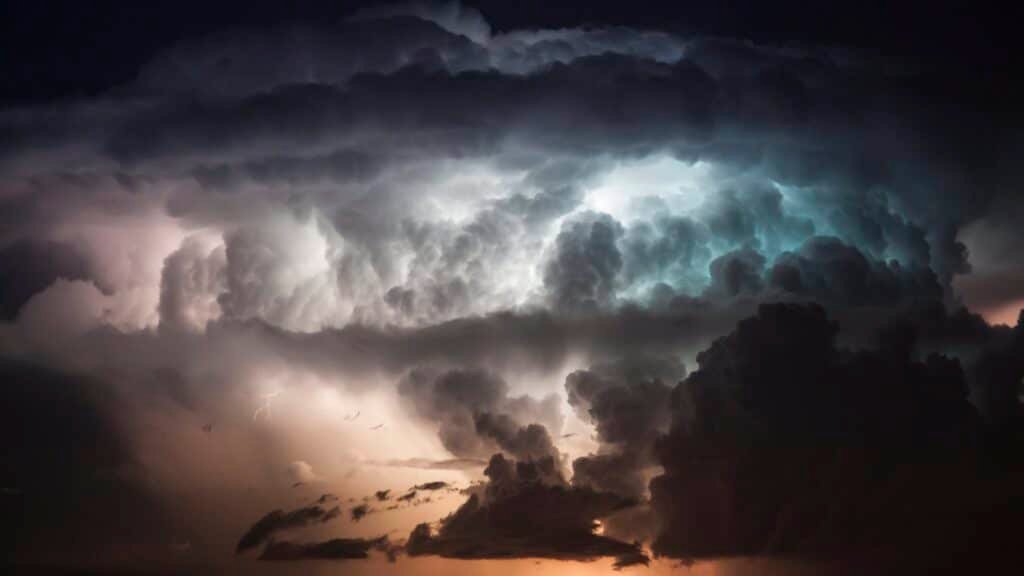Introduction:
Storms like the ones that recently hit Houston could become stronger as the planet warms. Here’s a simple guide to understanding these storms and how climate change might affect them.

Storm Damage:
- Recent storms in Houston caused:
- Shattered windows
- Caved-in walls
- Toppled power lines and trees
- These were not hurricanes but violent thunderstorms.
Types of Storm Damage:
- Rain and flooding
- Hail
- Tornadoes
- Blasting wind
Global Warming and Severe Storms:
- Warmer air holds more moisture, leading to:
- More rain
- Stronger storms
- More moisture means more water vapor can condense into clouds.
- Condensation releases heat energy, which feeds thunderstorms.
- Increased atmospheric instability provides more energy for storms.
Challenges in Predicting Storm Trends:
- Many factors influence storm formation and intensity.
- Not all conditions for powerful storms result in actual storms.
- Scientists are still studying how global warming affects storm trends.
Current Understanding:
- Theoretical Knowledge:
- Scientists understand the basic principles of how warming affects storms.
- Translating this knowledge into predictions for specific storm events is challenging.
- Tornadoes:
- No clear evidence that tornadoes are more frequent or intense.
- Tornadoes seem to occur in more concentrated bursts.
Conclusion: As the planet warms, we can expect changes in storm behavior, but predicting these changes remains complex. Understanding the factors that influence severe storms is crucial for future preparedness.
Discover more from EMMOCEB
Subscribe to get the latest posts sent to your email.






